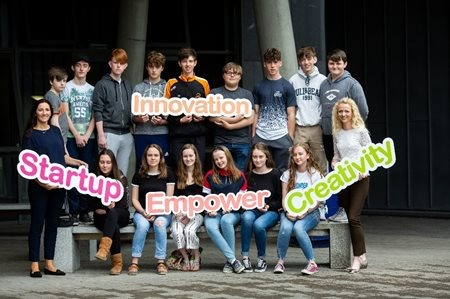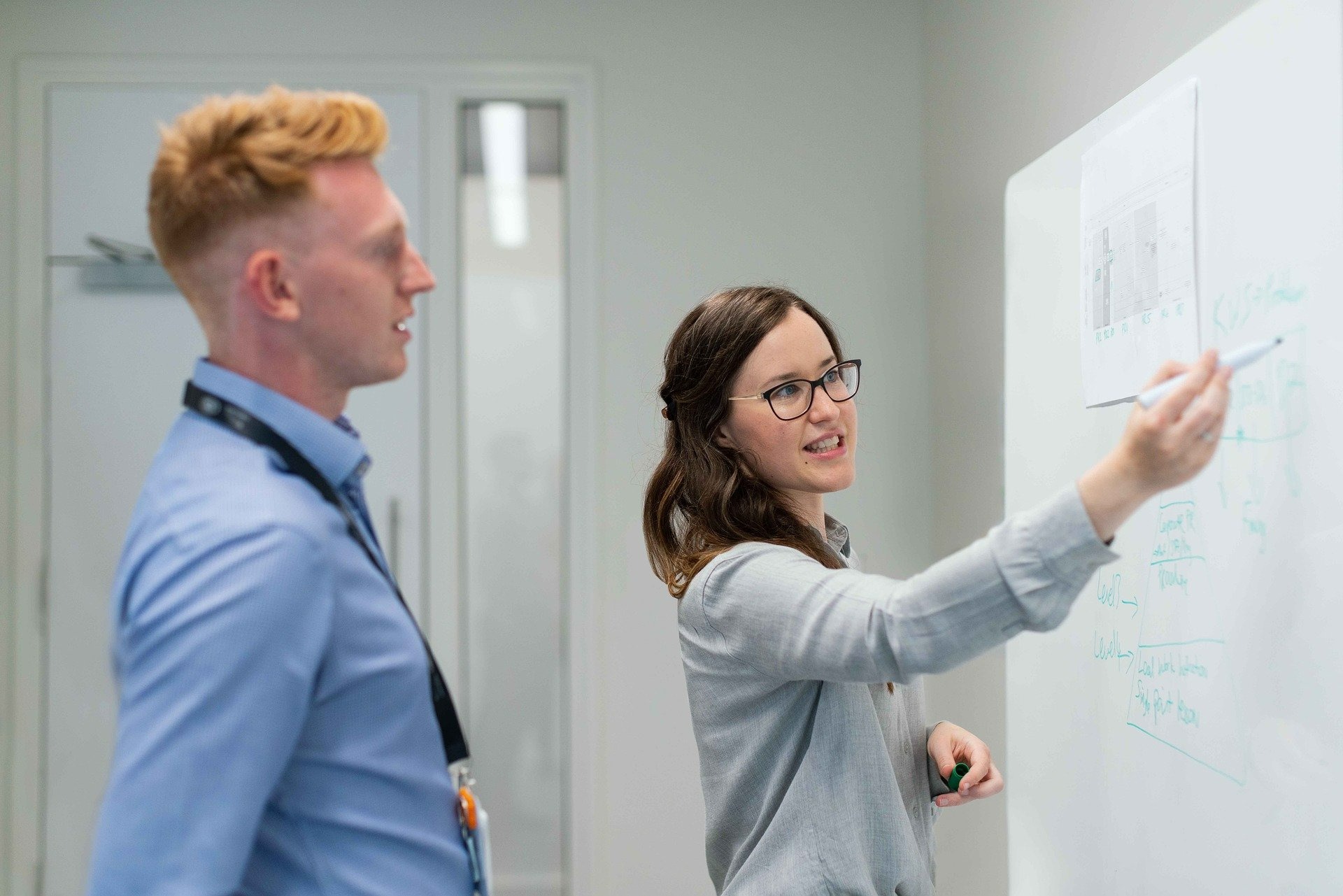Leadership
Leaders have dual roles when managing innovation. In a bottom-up role, they stimulate innovative results as they facilitate ideas and initiative coming from individuals and teams. In a top-down role, leaders are the primary means for the organisation to realize its innovation goals and strategies.
Bottom-Up Role - Leaders as stimulating innovation
Innovation starts with the efforts of individuals. Leaders are central in creating the context so that individuals and teams can use their own capacity to produce innovative outcomes. Team climate. Leaders can support a positive team climate conducive to creativity and innovation. A climate consisting of intellectual debate, openness, flexibility, challenge, and positive relations have consistently been linked to innovation outcomes. Leaders can by means of their experience and expertise help their team members construct a problem better, which often leads to better problem solutions. Team composition, leaders often are responsible for staffing teams. By carefully choosing team members, leaders can increase the chance that new perspectives and information is disclosed.


Top-down: Leaders as managing innovation
In their second role, leaders embody the organization’s innovation strategies and goals. The following items are examples of leader tasks that have been shown to relate to creative and innovative outcomes. Resources, Innovation is often resource intensive. Resources are needed in large innovation efforts, as well as small projects aimed at exploring an idea. Leaders manage resources, which come in the form of time, money, facilities, information and knowledge. Rewards, reward systems are a way for an organisation to encourage specific behaviours. Goals and vision. The degree of vision determines the extent to which goals are clear, attainable and valued by team members. Expectations for creativity, leaders can set high expectations for creativity, which in turn leads to creative outcomes. Autonomy, autonomy is the freedom to pursue tasks according to one’s own discretion.
The balancing act
There are many examples of dilemmas pertaining to leaders’ dual roles of managing innovation. A challenge for leaders in innovative ventures is to balance the two roles. For example, upper-management and individuals in R&D may have different views on which innovations that should be produced. Another issue is one of control vs. freedom: how much control should be exerted over innovation projects? Too much control restricts autonomy and effectively stifles motivation and creativity. On the other hand, innovation cannot roam too freely as an organization needs to set a direction and strategy for its development efforts.

Contact Form
By completing this form you are agreeing to the Thurles Chamber Enterprise Centre contacting you.
Leave your enquiry in the message box and we will respond.

